3.3 Quickstart: Content Editor
Tutorial Outcome
At the completion of this tutorial, you will know how to:
Open a Project
Create a Task
Create a Page
Add Components
Edit Page Content
Tag your Pages
Create and publish a Release
These comprise the basics required to get started as a content editor.
Before You Start
Before you start this tutorial, it is recommended that you familiarise yourself with the content editor concepts.
Quickstart
1. Open a Project
Open a Project to get started.
If you only have access to one Project this step isn’t applicable.
User Journey – Opening a Project
See the 3.3 Opening a Project user journey for more information.
2. Create a Task
Before you can create Pages, you’ll need to create a Task for them.
If a Task already exists you can select it either from the Task Dropdown or from the Task Dashboard.
User Journey – Creating a Task
See the 3.3 Creating a Task user journey for more information.
3. Create a Page
Create a Page so you can start building content.
User Journey – Creating a Page
See the 3.3 Creating a Page user journey for more information.
4. Add Components to the Page Layout
Drag Components into the Page Layout to build out the Page.
A developer must have already created Components for you to complete this step.
User Journey – Adding Components to a Page Layout
See the 3.3 Editing a Page Layout user journey for more information.
5. Edit Page Content
Customise the Components on your Page by editing Content Items.
A different set of Content Items can be configured for each Locale-Variant combination.
At least one Locale must be added before Page content can be edited.
User Journey – Editing Page Content
See the 3.3 Editing Page Content: Image Cards Example and 3.3 Editing Content Items user journeys for more information.
6. Configure Locales and Variants
Choose which Locales and Variants Components should be visible in.
User Journey – Configuring Locales and Variants
See the 3.3 Configuring Locales and Variants for a Page Layout user journey for more information.
7. Tag Your Page
Tag your Page so it’s easier to find in future.
User Journey – Tagging a Page
See the 3.3 Tagging a Page user journey for more information.
8. Create and Publish a Release
Create a Release containing your new Page and publish it to a staging environment.
User Journey – Creating and Publishing a Release
See the 3.3 Creating a Release From a Task and 3.3 Publish a Release user journeys for more information.
Further Reading
In this short tutorial, you’ve learned the basics of how to create and edit Pages.
More on Pages
See the Pages concept to learn more about what Pages are in Forrit One.
See the Page Editor user journeys for more information on how to edit Pages.
Other Topics
See all content editor user journeys for information about how to carry out other content editor tasks, including:
Using the Media Library
Use the Media library to store videos, images, and other files that can be used in Pages.
Browsing Audit History
View the Audit History to see a log of all user actions in the CMS.
Reviewing Tasks
Review and approve Tasks before completing them.
See also the Task concept.
Creating Translation Jobs
Use Translation Jobs to translate content from one Locale to another using your preferred translation provider.
See also the Locale concept.
Adding Data Feed Items
Add Data Feed Items to create custom data entries, such as blog posts, that developers can use in Consumer Applications.
See also the Data Feed concept.
